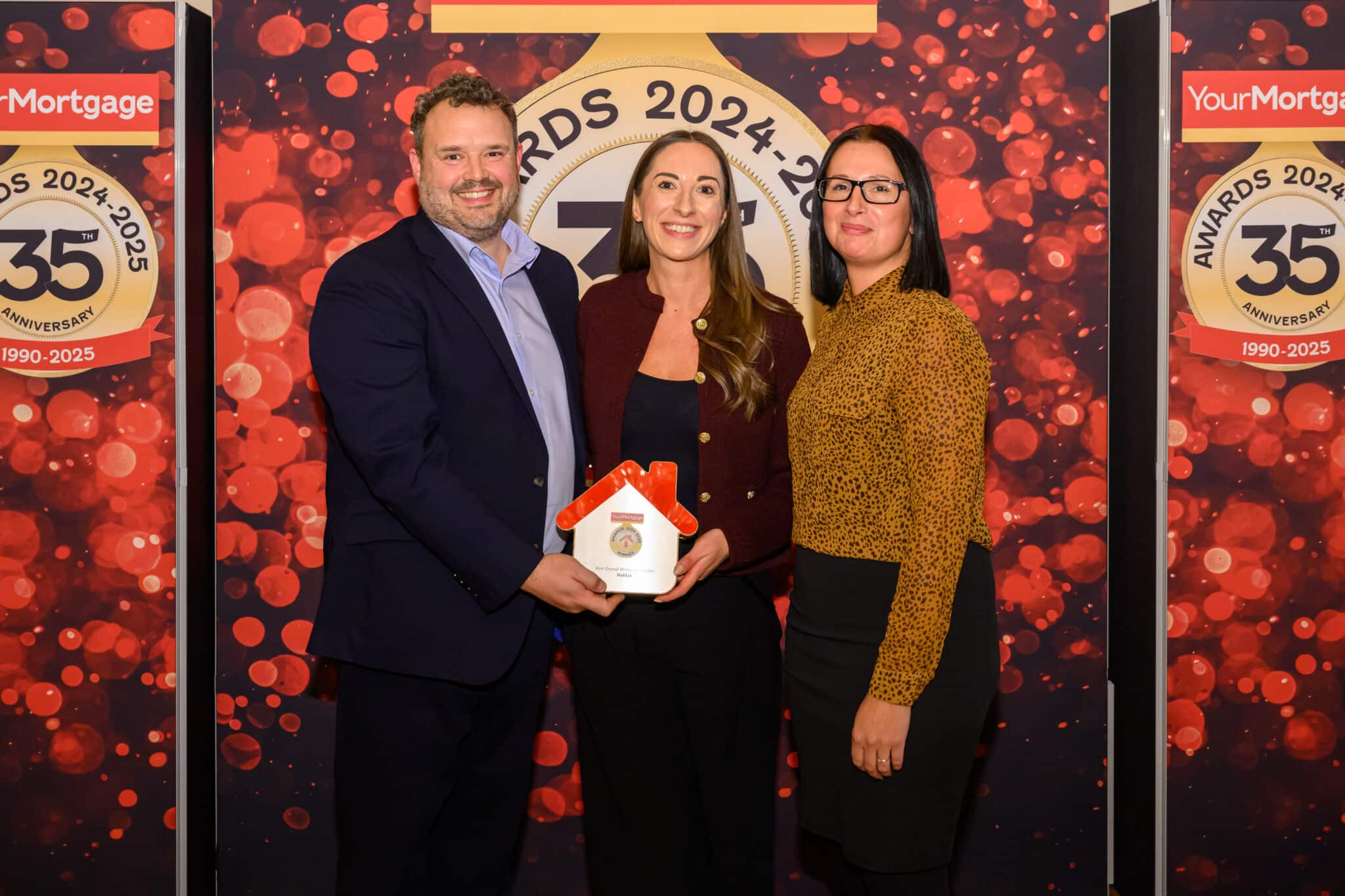Buy to Let
The Great British buy-to-let divide

Landlords are split over whether to sell up or stay put in the buy-to-let sector
Britain’s buy-to-let landlords are divided over their future, following a raft of tax and market changes, according to Octopus Choice.
It found that three in five buy-to-let investors (56%) want to keep or buy more rental properties, although two in five (44%) are looking to sell. As the market consolidates, landlords are polarized across the country, with tough decisions to make on whether to stay or leave the sector.
Fight or flight?
Nearly a quarter of those looking to sell up blame falling yields (24%) and tax changes (23%), while a fifth blame cooling house prices (19%). Three in five (60%) say that property management had become a burden and 61% undervalued the costs involved.
“Brits still have an incessant love affair with bricks and mortar – but the hassle and cost of buy-to-let is a source of growing frustration, and some landlords may find that their once reliable day-to-day income is becoming harder and harder to come by”, said Sam Handfield-Jones, head of Octopus Choice. “But this isn’t the case across all parts of the market, with money still to be made from the right property in the right region.”

Your Mortgage Awards 2024/25: winners revealed
Sponsored by Your Mortgage Awards
Buy-to-let hotspots
There is a significant regional divide when it comes to best performing areas for buy-to-let.
Many London landlords are experiencing falling yields and slowing house price growth which is likely to reduce profits.
Analysis by Octopus Choice reveals that typical buy-to-let properties in London cost landlords over £1,250 per annum for the first five years. An average London house worth £475,000 would have to be sold for £590,000 eight years later, just to break even, even taking into account the rental income.
In Scotland landlords enjoy average annual returns of 8.8% on their investment over an eight-year period and those in the East Midlands return 8.2%.
